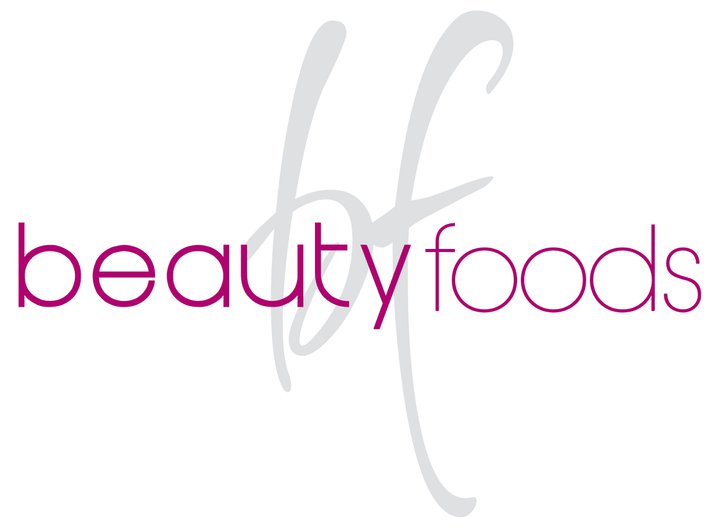You’ve heard it a thousand times, from every doctor, dietician, and well-meaning person you’ve ever encountered – you’ve got to lose weight, get out there and get some exercise, and change what you’re doing with your body when you’ve got PCOS. It’s important advice, to be sure, yet tedious to hear – and sometimes when we’re in the midst of trying to change our lifestyle and behaviors, we forget why we’re doing it.
All we hear is this pointed and difficult direction to improve things, and we fail to spend time linking it intellectually and emotionally to positive outcome, which helps drive motivation. It’s particularly frustrating with PCOS, because change occurs painfully slowly, and when you don’t see change, you lose motivation. Others can go on a diet and lose five pounds immediately, whereas that’s rarely the case for someone with PCOS.
Sometimes the changes are only visible when you get your lab results every few months, and the doctor congratulates you on lowering your cholesterol 20 points (personally, I don’t find that terribly exciting, although I know that it’s good) – in which case you might get it intellectually, but still be saying “yeah, yeah, yeah, that’s great, but where’s the weight loss?!” What we want is weight loss, pregnancy, a reduction in hirsutism, or some other visible proof that what we’re doing is working.
When you really understand the importance of exercise for both your body and your brain though it’s a little easier to stick with a program of self-improvement. In a 2011 study entitled Lifestyle Changes in Women with Polycystic Ovary Syndrome, researchers examined numerous studies, papers, and research projects and validated the benefits of lifestyle change. Women with PCOS who made positive dietary, exercise, and lifestyle changes (i.e., stress reduction, increased movement, lower glycemic diets) experienced reductions in weight, testosterone levels, waist circumference, and other meaningful markers of the syndrome.
To support not only weight loss and improvement in body composition, but also, from my perspective as a psychologist, the stress reduction and mental re-wiring that goes on as a result of exercise are spectacular. I particularly like the following forms of exercise:
Walking – the cross-lateral motion of walking oxygenates and re-synchs your brain, and leads to a literal feeling of “clearing out” – plus walking is an excellent low-impact exercise that leads to improved glucose control. Does it get any better than that?!
Yoga – numerous studies continue to validate the importance of yoga for stress reduction and pain management. A study entitled Stress, Inflammation, and Yoga Practice indicated that yoga practice, regardless of skill level, resulted in marked reductions in both stress level and, even more exciting to those with PCOS, inflammation! Many fertility improvement programs involve yoga and other forms of stress reduction. And, while you’re improving your physical balance, you might just be improving your mental balance as well.
Swimming – swimming in a pool, lake, river, or ocean can be soothing and meditative. We are made primarily of water, and it is a return to water, and to the center of our selves. The silence and internal nature of the echoes and ripples brings us back into alignment with our natural rhythmic movement patterns.
Dancing – improves coordination, synthesizes mind/body, and is a form of creative expression. Much emotion is stored in the body, and can be expressed through the body. Plus, dancing is fun, at least when you “dance as if nobody’s looking!”
Weight training – feeling a strong body is empowering, and increases confidence. Sure, it’s hard work, but it has profound mental benefit when you conquer that final set, and your lifting is finished. There’s a sense of accomplishment and pride that boosts your self-esteem for hours. You’ll move better in your body too, and perhaps respect it a little more, for its ability to become so strong. (By the way, this is one really positive aspect of PCOS – that androgen imbalance will allow you to develop muscles more quickly!)
The mind and body are inseparable. If you work on improving the mental (motivation, drive, commitment), you will improve the physical. If you work on the physical, you’ll achieve the psychological rewards of calming, anxiety reduction, and depression reduction. Additionally, you’ll have fun and also be doing the right thing to keep your self-improvement program going. That leads to increased confidence, self-esteem, and overall improvement in your sense of well-being.
Gretchen Kubacky, Psy.D. is a Health Psychologist in private practice in West Los Angeles, California. She specializes in counseling women and couples who are coping with infertility, PCOS, and related endocrine disorders and chronic illnesses.
If you would like to learn more about Dr. HOUSE or her practice, or obtain referrals in the Los Angeles area, please visit her website at www.drhousemd.com, or e-mail her at Gretchen@drhousemd.com. You can also follow her on Twitter @askdrhousemd.
References:
Kiecolt-Glaser JK, Christian L, Preston H, Houts CR, Malarkey WB, Emery CF, Glaser R. Stress, inflammation, and yoga practice. Published in final edited form as: Psychosom Med. 2010 February; 72(2): 113. Published online 2010 January 11. doi: 10.1097/PSY.0b013e3181cb9377.
Moran LJ, Hutchison SK, Norman RJ, Teede HJ. Lifestyle changes in women with polycystic ovary syndrome. Cochrane Database of Systematic Reviews 2011, Issue 2. Art. No.: CD007506. DOI: 10.1002/14651858.CD007506.pub2.Australia, 3168.


























